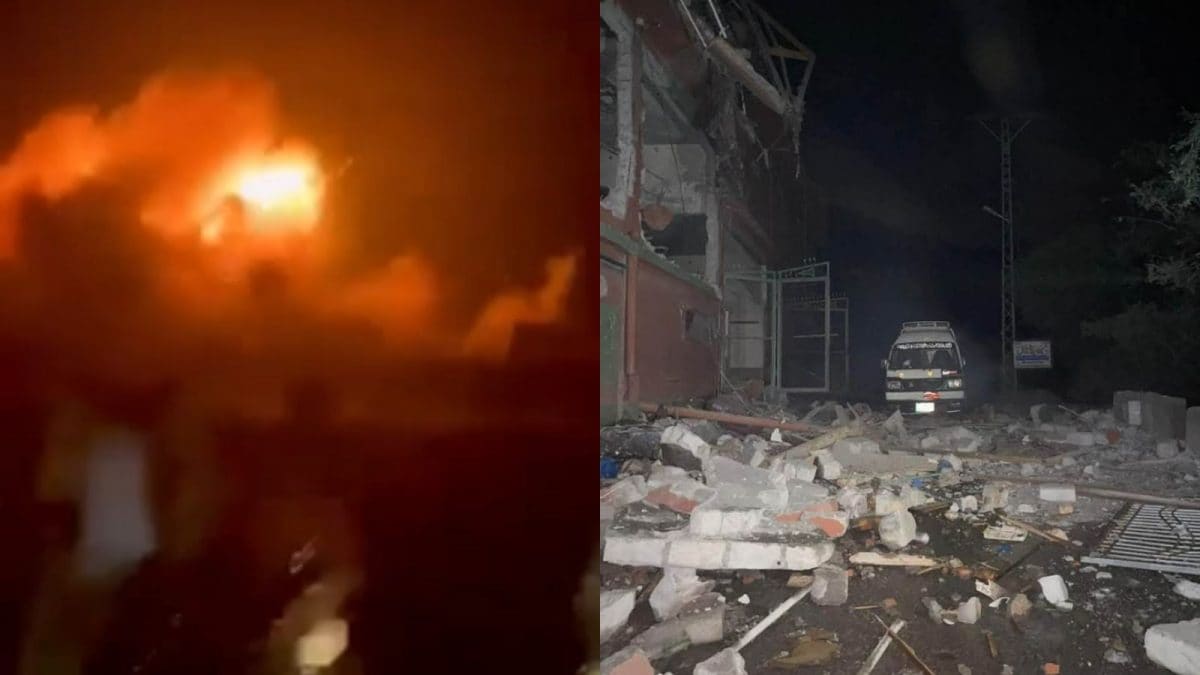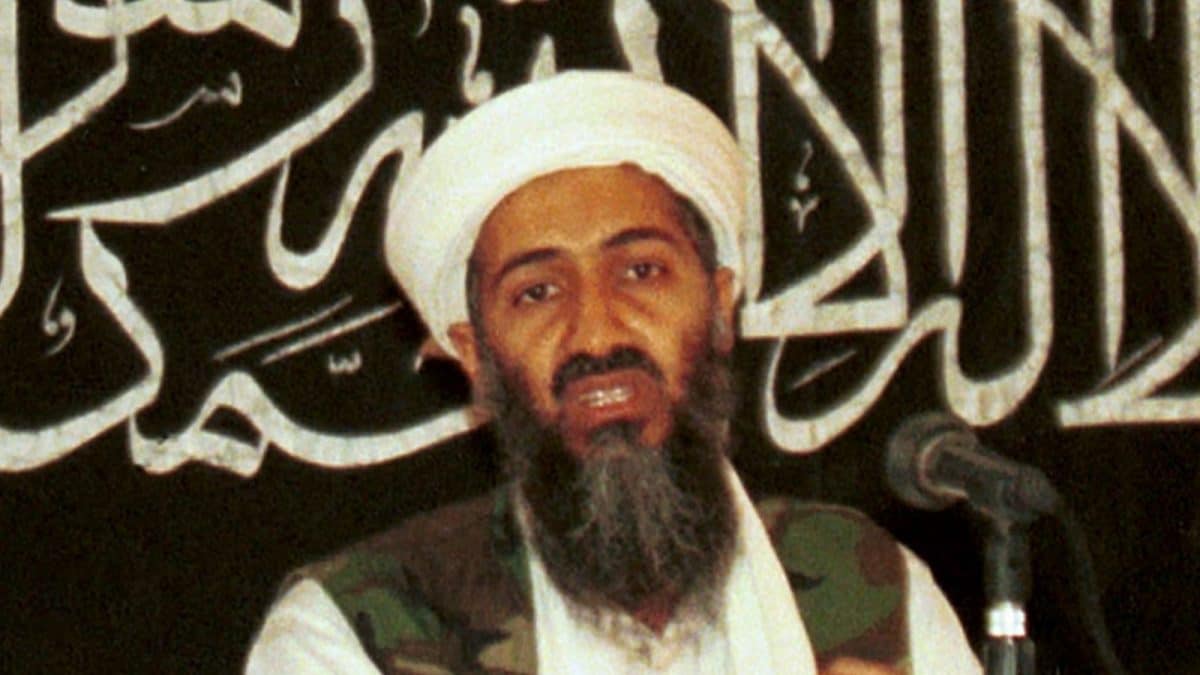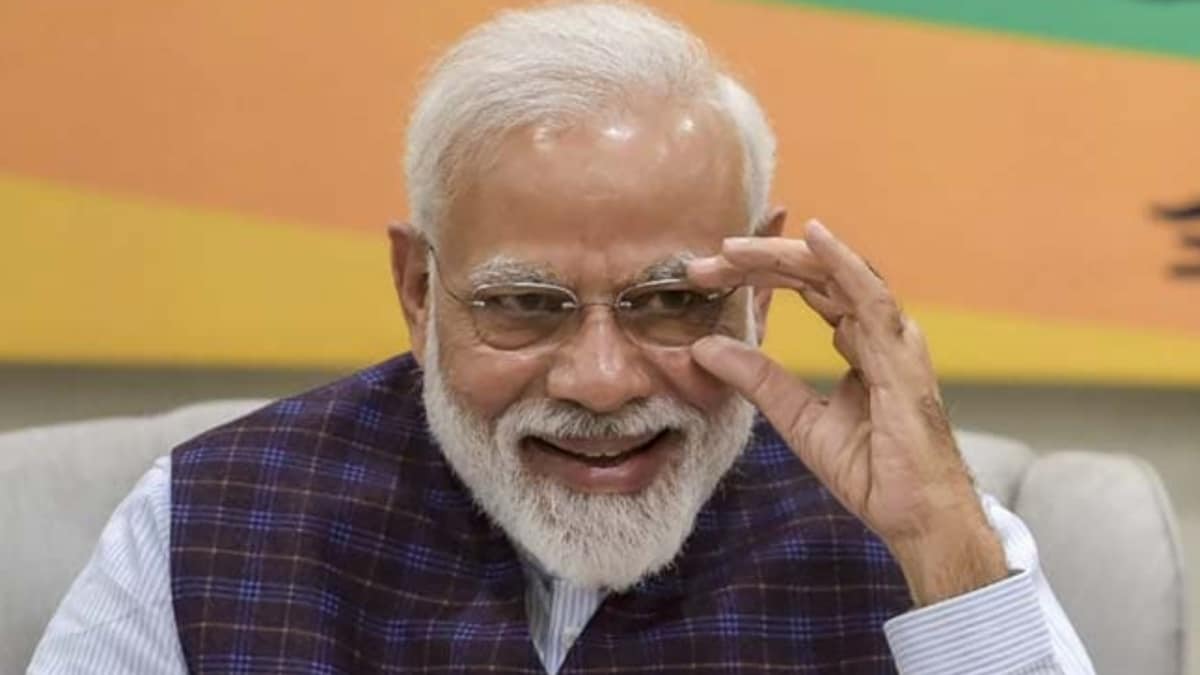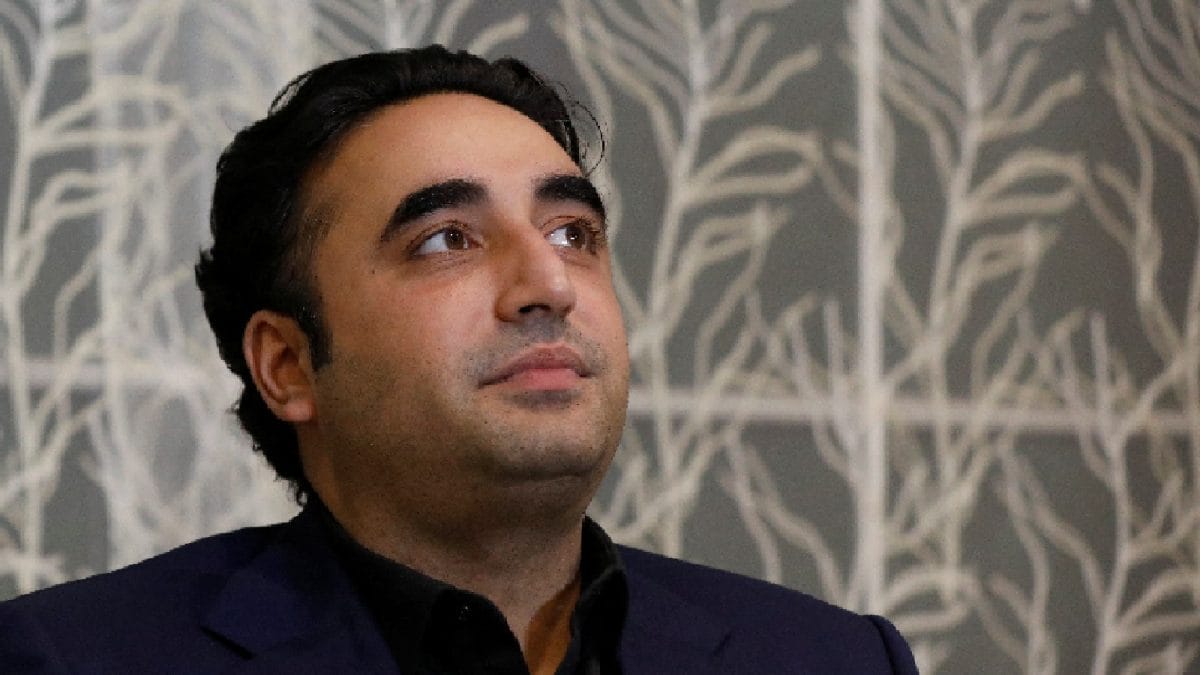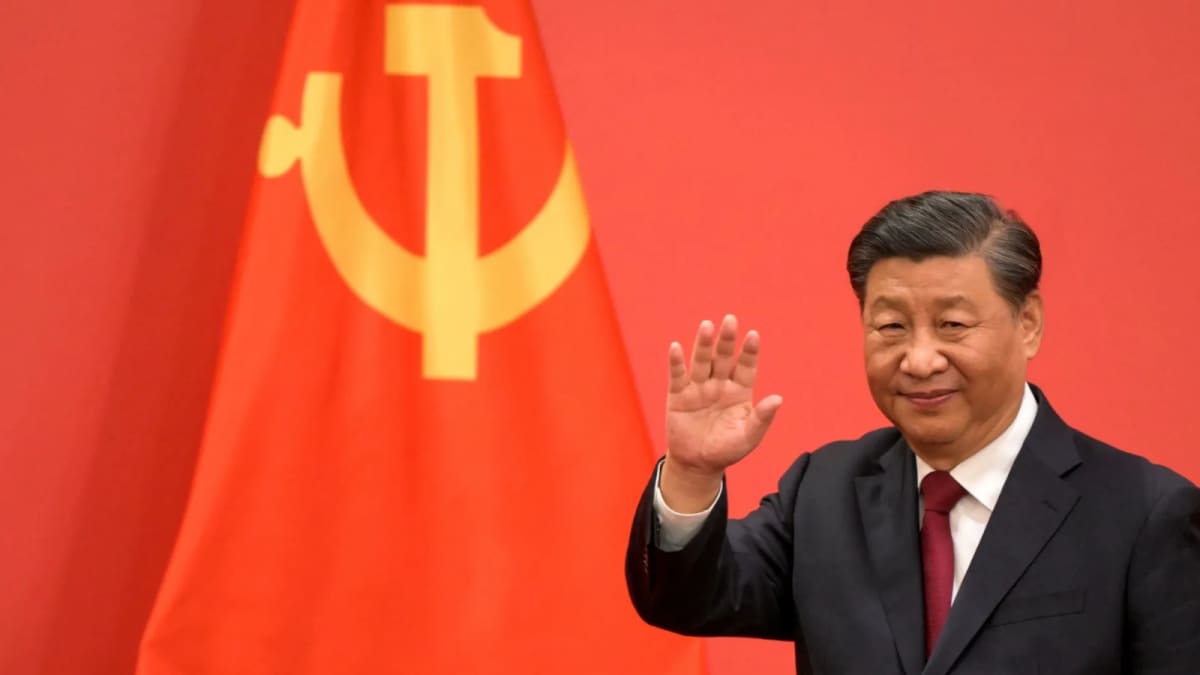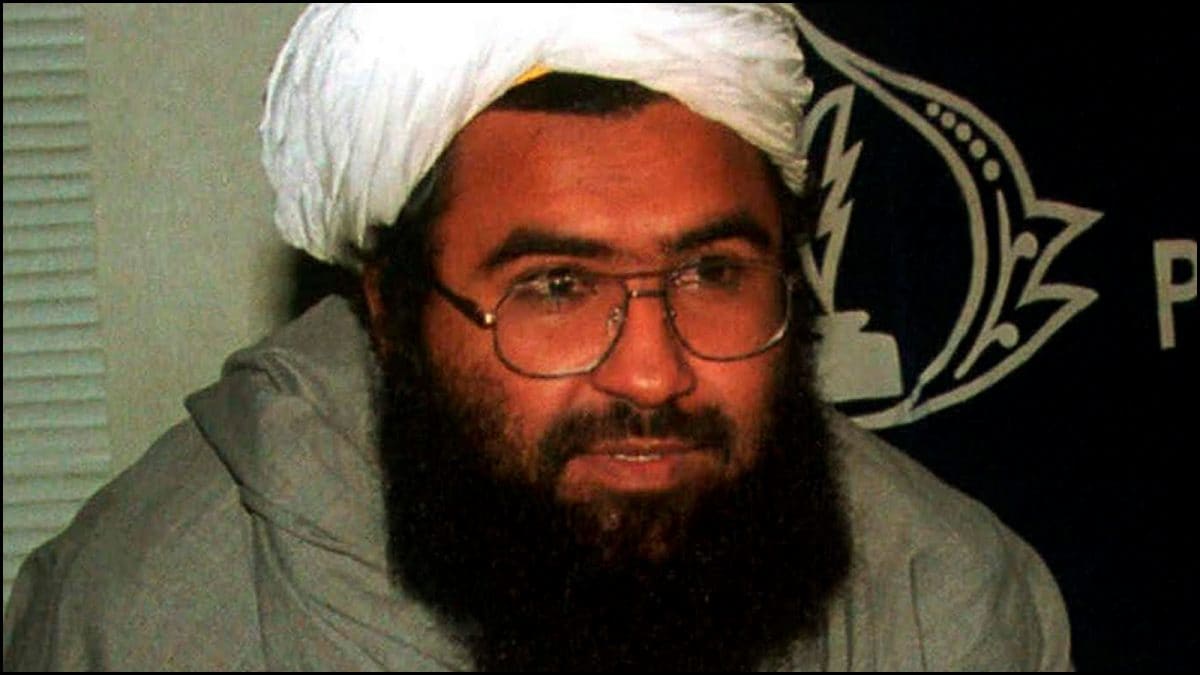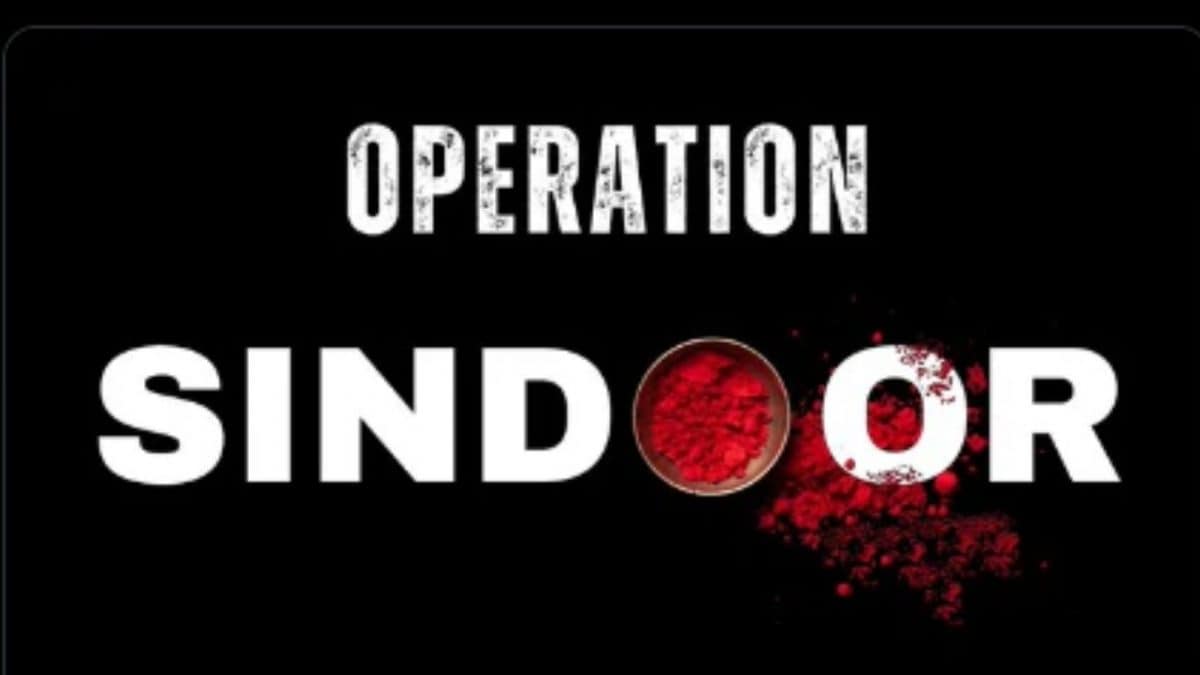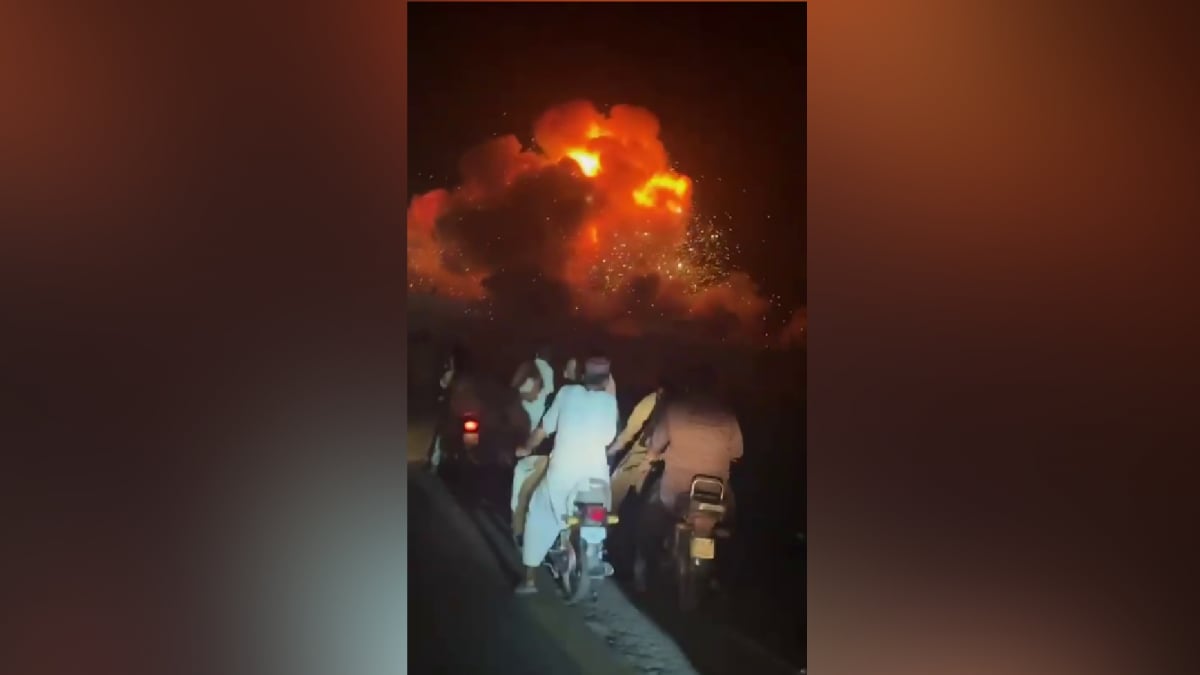The process to elect the 267th pope begins Wednesday as cardinals gather in the Sistine Chapel. They will decide whether to continue Pope Francis's reforms or return to traditional practices. The conclave, a secretive election process, will begin after a Mass in St. Peter's Basilica.

The conclave — the secretive election process — will take place behind the locked doors.
The process to elect the next pope — the 267th leader of the Roman Catholic Church — begins Wednesday as cardinals from around the world gather in the Sistine Chapel. The new pope will succeed Pope Francis, who died on April 21 at the age of 88 after a 12-year papacy.
Francis was known for easing rules on annulments and remarriage, and for allowing priests to bless same-sex couples — bold reforms that expanded the church’s outreach. Now, 133 voting cardinals must decide whether to continue that progressive path or return to a more traditional approach focused solely on internal church matters. They have to find a pope who can be both a pastor and a teacher, a bridge who can unite the church and preach peace.
The conclave — the secretive election process — will take place behind the locked doors of the Sistine Chapel. While some conclaves have lasted weeks, recent elections concluded in just a few days. The exact duration of time remains uncertain.
The cardinals will be housed in Casa Santa Marta, a Vatican residence, throughout the process. The conclave will officially begin Wednesday afternoon after a public Mass at St. Peter’s Basilica in the morning.
A CRITICAL CHOICE
The outcome will shape the Vatican’s stance on global challenges and internal reforms. As Singapore Cardinal William Seng Chye Goh put it, “We need a superman!” to lead the church through the 21st century.
Francis appointed 108 of the 133 electors, many of whom are seen as aligned with his pastoral vision. However, given that many cardinals had not met prior to this week’s pre-conclave meetings, the outcome remains uncertain.
HOW THE VOTING WORKS
Each cardinal writes the name of their chosen candidate on a ballot and places it into a chalice at the altar, accompanied by an oath:
“I call as my witness Christ the Lord, who will be my judge, that my vote is given to the one whom I believe should be elected according to God.”
Cardinals who cannot walk are assisted by scrutineers. Sick cardinals vote remotely, placing their ballot in a sealed box returned to the chapel for counting.
Balloting occurs up to four times a day — two rounds in the morning and two in the afternoon. Black smoke from the Sistine Chapel chimney signals no decision; white smoke means a pope has been elected.
If a two-thirds majority (89 votes) is not reached after three days, cardinals may take a day’s break for prayer and reflexion before resuming voting.
TIMELINE AND KEY EVENTS
Wednesday Morning: “Pro Eligendo Pontifice” Mass at 10 a.m. (local time) in St. Peter’s Basilica.3:45 p.m. local / 9:45 a.m. ET: Cardinals are transported to the Apostolic Palace and enter the Sistine Chapel.Evening: Oath of secrecy is taken. The phrase “Extra Omnes!” ("Everyone out!") signals the sealing of the chapel. A first vote may follow.Thursday Morning (8:15 a.m. local / 2:15 a.m. ET): Mass in the Pauline Chapel, followed by voting.Possible white smoke: As early as 10:30 a.m. local / 4:30 a.m. ET.Evening prayer: At 7:30 p.m. local / 1:30 p.m. ET. Voting continues in following days if no pope is chosen.TOP CONTENDERS
From Italy:
Matteo Zuppi (69): A close ally of Francis.
Pietro Parolin (70): Secretary of State, seen as a moderate.
Pierbattista Pizzaballa (60): Jerusalem-based, but youth may be a disadvantage.
Outside Italy:
Luis Antonio Tagle (67, Philippines): A liberal dubbed “Francis 2.”
Peter Erdo (72, Hungary): A favourite amongst conservatives.
Peter Turkson (76, Ghana): Would be the first pope from sub-Saharan Africa.
The Catholic Church is growing in Asia and Africa, while declining in parts of Europe. Asia now has 23 cardinal-electors — second only to Europe’s 53. India, for example, has four voting cardinals.
Some argue the next pope should come from the Global South, reflecting the faith’s shifting demographics. Filipino Cardinal Tagle has been mentioned as a strong candidate for this reason.
Still, cardinals say nationality is secondary to character. “I am here for the universal church,” said Cardinal Fridolin Ambongo Besungu of Congo. “When we are done, I will return to Kinshasa and the struggle continues.”
THE ROLE OF THE HOLY SPIRIT
Ultimately, many cardinals believe the Holy Spirit guides the election. As the late Pope Benedict XVI once said while still Cardinal Ratzinger: “The Holy Spirit does not dictate the candidate, but rather leaves much room for human activity, for human understanding.”
After a candidate is elected and accepts, he will enter the “Room of Tears” to change into the white papal garments. Then comes the historic announcement
from the balcony of St. Peter’s:
“Annuntio vobis gaudium magnum; Habemus Papam!” — "I announce to you a great joy; we have a pope!"
With inputs from agencies
Published By:
Satyam Singh
Published On:
May 7, 2025

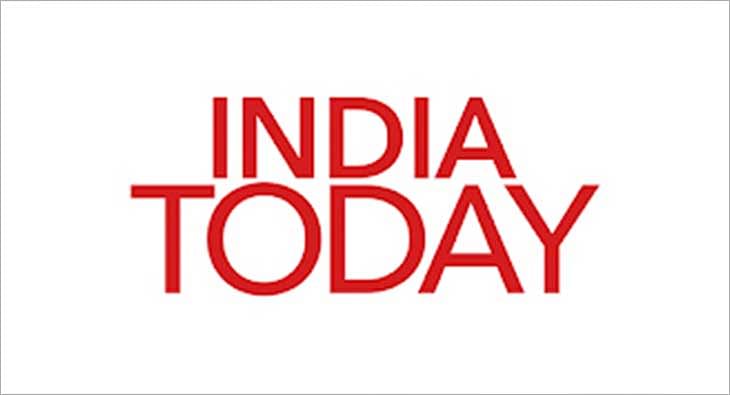 14 hours ago
14 hours ago



